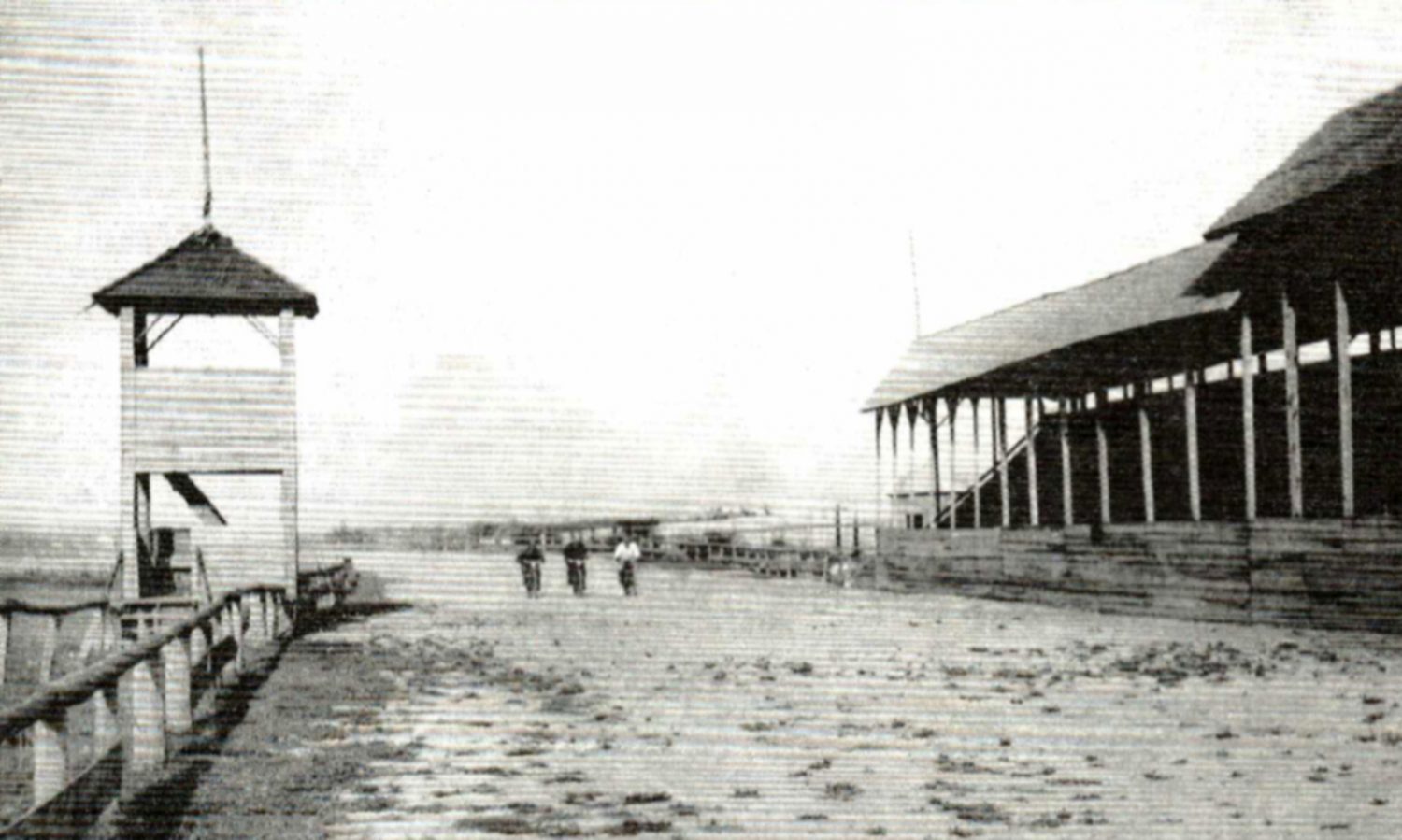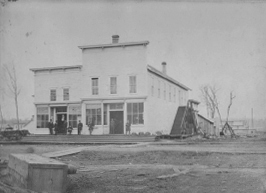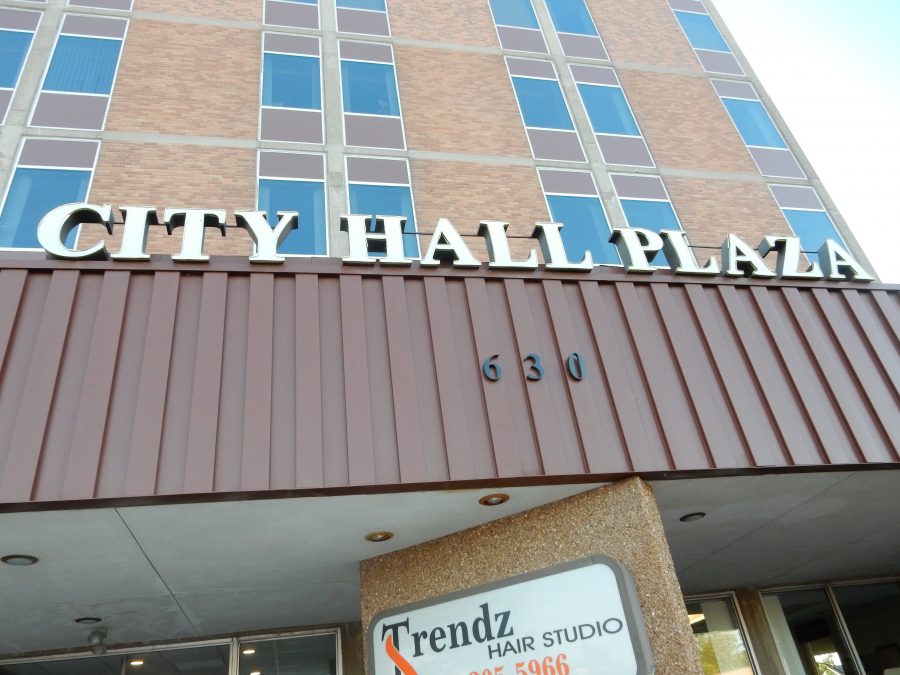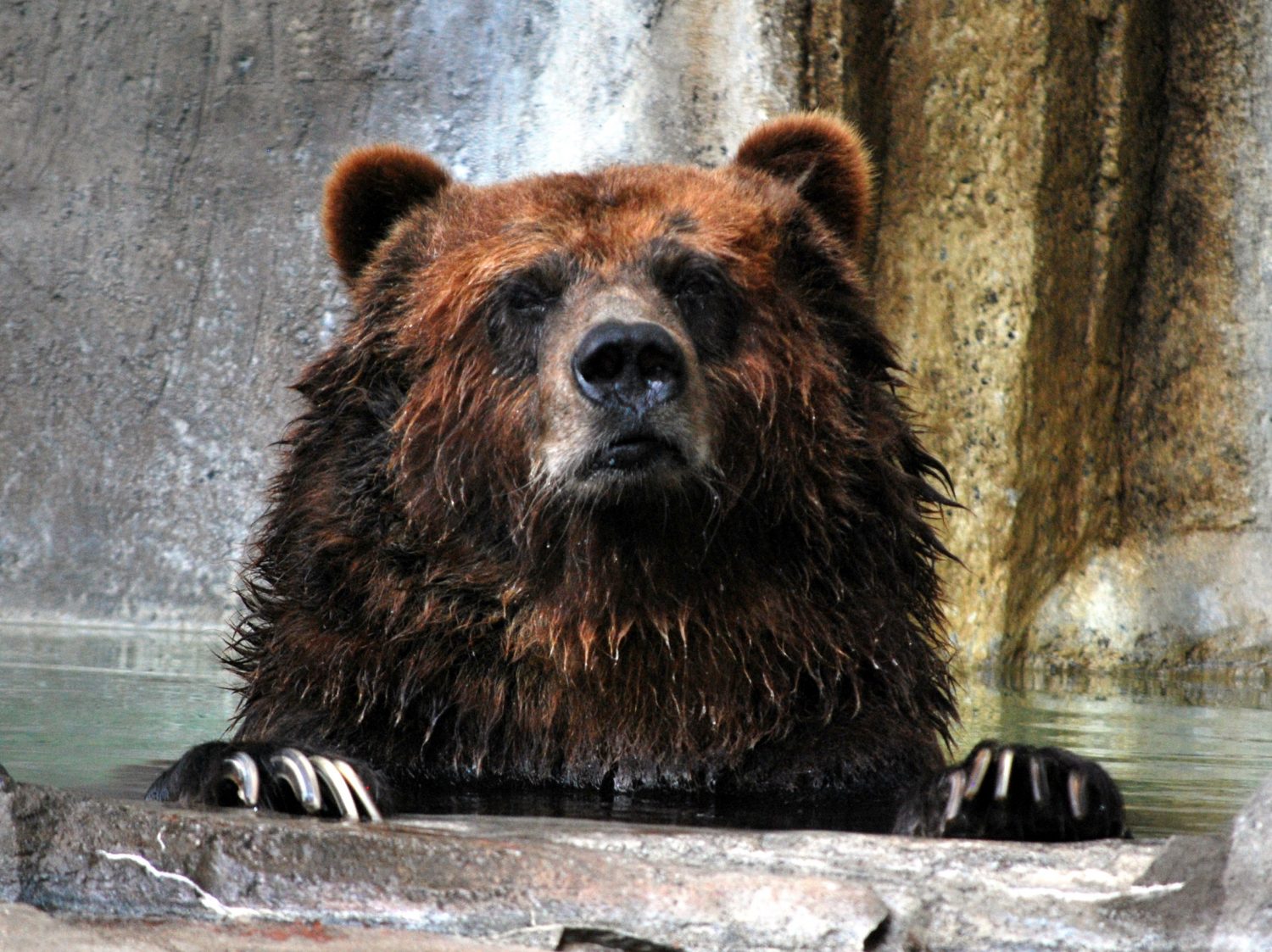Marshfield, September 1892

By Kris Leonhardt
Featured Columnist
Horse racing is an entertaining sport of strength and speed where fields of equine athletes demonstrate their beauty and ability as spectators hang on the edge of their seats, a pulse-quickening event filled with gut-wrenching twists and turns, all occurring in a matter of minutes.
The sport began in the United States in the mid-1800s. With the rise of industry and gambling on horses, it exploded in the late 1800s with 314 tracks built across the country by 1890.
The racetrack at the Marshfield Fairgrounds was built prior to the formation of the Central Wisconsin State Fair Association, just one of several tracks constructed in the Central Wisconsin area at the time.
Trotting harness races had become a popular pastime across the country. Owning a horse came with a certain amount of pride and admitted owners into a fraternity of sorts. However, a great rivalry often existed among the owners. It was about bragging rights.
Though many prominent men owned race horses, it was not just open to the rich. Many hard-working men unhitched their horses from their farm equipment to enter them in competition. People of all classes raced side by side with the importance placed on the skill of the horse.
As organizers in Marshfield worked to build a facility that would create a competition and entertainment venue for the city, the large crew constructing the track was met by a great amount of wet weather. Completing the track by the end of September seemed impossible with the vast amount remaining, and area residents were eager to see it up and running.
Two weeks later, the track was finally declared completed, and that afternoon owners were out exercising their four-legged competitors. On that day, September 27, 1892, one owner clocked a time of four minutes for the first mile.
In those days drivers racing the horses sat in a cart called a sulky. The sulky was made of wood and had two bicycle tires as wheels. The wheels sat side by side with a seat for the driver in the middle. The driver controlled the horse with a set of reigns that traveled back to the cart. The driver would then set the horse into a trot, a gait placing the hooves in diagonal pairs while pulling the cart.
In October of 1901, a resolution was passed by the Marshfield City Council to purchase the “Driving Park,” which included the track and attached fairgrounds, from the previous owner, William H. Upham.
Two years later, the Fair Association was formed. 500 lifetime memberships sold at $10 each financed the expansion of the Marshfield street fair at the site of the driving track to create an agricultural exposition, which would become the Central Wisconsin State Fair.
The horse track remained a popular affair as well as an important part of the grandstand entertainment for years.
Leave a reply
You must be logged in to post a comment.






